Chapter 6: Classroom Management II: Promoting Student Engagement
Chapter 6: Classroom Management
II: Promoting Student Engagement
Chapter Overview
Anyone who reads the newspaper, listens to candidates running for public office, attends school board meetings, or overhears conversations in the teachers' lounge quickly realizes that classroom order and discipline are among education's most frequently discussed topics.
Inability to control a class is one of the most commonly cited reasons for dismissing or failing to reemploy a teacher, and beginning teachers consistently rate classroom discipline among their most urgent concerns (Kirsch, 2005; Rose & Gallup, 2002; L. Weiner, 2002).
In chapter 5, you learned about establishing the climate for a manageable classroom. In this chapter, you will learn specific techniques for preventing disruptive behaviours from occurring or dealing with them efficiently, increasing the time your students are actively engaged in learning.
This chapter introduced you to
some classroom management concepts and techniques for promoting student
engagement. Its key terms and main points were:
The Humanist Tradition in
Classroom Management
Most classroom discipline problems are low intensity, continuous, and unconnected with any larger, more serious event.
The humanist tradition of
classroom management focuses on the inner thoughts, feelings, psychological
needs, and emotions of the individual learner. Humanist approaches emphasize
the importance of allowing the student time to control his or her own behaviour.
- Ginott's
"sane messages" communicate to students that their behaviour is
unacceptable but in a manner that does not blame, scold, or humiliate.
- Glasser's cooperative learning emphasizes building a more friendly workplace that the learner would regret leaving because of misbehaviour, if told to do so.
The humanist tradition focuses
on developing rules, getting support from school administrators, holding
private conferences with students, and following through when students must be
removed from the classroom.
The Applied Behaviour Analysis
Tradition in Classroom Management
The applied behaviour analysis tradition of classroom management applies the techniques of operant conditioning to change socially important behaviours.
Behaviour modification focuses on
changing or modifying behaviour by following a behaviour with some type of
reinforcement.
- Positive
reinforcement
occurs when a desired stimuli or reward is provided after a desired behaviour
to increase its frequency.
- Negative reinforcement occurs when a painful, uncomfortable, or aversive state is avoided to achieve a more desirable state.
Antecedents are events or stimuli present when you perform a behaviour that elicits or sets off the behaviour, such as sounds, sights, or people.
The tradition of applied behaviour
analysis focuses on identifying appropriate and inappropriate behaviours,
antecedents that can trigger these behaviours, the student’s goal for the misbehaviour,
and procedures for reinforcing the appropriate behaviour.
The Classroom Management Tradition
The classroom management tradition frames the question of classroom order and discipline, not in terms of reaction, but in terms of prevention.
The classroom management
tradition focuses on:
- planning
and organizing the classroom,
- teaching
rules and routines, and
- informing
students of the consequences of breaking the rules.
Low-Profile Classroom Control
The term low-profile
classroom control refers to coping strategies used by effective
teachers to stop misbehaviour without disrupting the flow of a lesson.
Dealing with Persistent Disruptive
Behaviour
Three ways to apply your
authority in dealing with misbehaviour are as follows:
- judge
what occurred and what the punishment should be.
- provide
some alternative forms of punishment from which the student must choose.
- select a punishment from alternatives that the students provide.
The level of severity with
which you respond to a misbehaviour should match the misbehaviour that has
occurred.
Reinforcement Theory Applied in
the Classroom
The idea behind reinforcement theory is that any behaviour can be controlled by the consequences that immediately follow it. When the consequences that follow a behaviour change the probability of the behaviour's recurrence, reinforcement has occurred.
Some misbehaviours that occur in classrooms are unintentionally increased through reinforcement, in which case the probability of the misbehaviour increases because a consequence that follows the misbehaviour is perceived as desirable by the student.
Both rewards and punishment can increase the probability of a behaviour, although punishment without reward is rarely effective.
Punishment in the absence of
rewards tends to be less effective in increasing the probability of a desired behaviour
for the following reasons:
- Realize
that generational differences between child and parent can be more difficult
for parents to accept than for the teacher, leading to problems both at home
and at school.
- Communication
and collaboration with professionals, such as a social worker, school nurse,
special education teacher, counsellor, or school psychologist can provide
valuable assistance with classroom management problems that may have their
origins with other individuals and in other contexts.
Effects of Punishment
- Punishment does not guarantee the desirable response will occur.
- The effects of punishment are specific to a particular context.
- The effects of punishment can spread to undesirable behaviour.
- Punishment can create hostile and aggressive responses.
- Punishment can become associated with the punisher.
- After two or three warnings, a punishment should be assigned.
- Corporal punishment is rarely effective in deterring misbehaviour.
The Parent-Teacher Conference
One feature of the parent-teacher conference that accounts for its effectiveness is the involvement of the parent in eliminating the misbehaviour. During the teacher–family conference, the teacher should talk plainly, listen, and use “I” messages.
Effective teacher–family
conferences are ones in which the teacher maintains:
- eye
contact,
- gives
non-interruption acknowledgements,
- waits
for family members to speak,
- ignores
distractions,
- checks
for understanding, and
- asks
for clarification, when necessary.
Culturally Responsive Classroom
Management
Culturally responsive teaching represents the teacher's ability to react to different cultures with different verbal and nonverbal classroom management techniques.
Intercultural competence refers to the teacher's
ability to act as a translator and intercultural broker between students of
different cultures, ethnicities, and social classes.
Multiple Choice Questions
Instructions
Click on 'Details' below to begin the test
2. Learning what it takes to avoid or escape something undesirable is called....
3. Mr. Henderson has been using positive reinforcement to encourage James to turn his homework in on time. After about four weeks, James is demonstrating the success of positive reinforcement by turning his homework in on time everyday. To maintain this behaviour, Mr. Henderson should.....
4. Behaviourists believe that much of our behaviour has come under the control of antecedents because of the repeated pairing of reinforcers or punishers. Using this belief, a variety of procedures for changing a student's behaviour have been developed. One of these procedures involves ignoring disruptive behaviour and immediately reinforcing positive behaviour. The assumption underlying this procedure is.....
5. Which was a major conclusion in a research involving experienced and inexperienced teachers? The more effective and less effective classrooms can be distinguished more by ….. than by …..
6. Effective classroom managers.....
7. The transfer of reinforcement from external to internal control is.....
8. Rewards are usually more successful than punishments because.....
9. Corporal punishment is not recommended because it.....
10. During a parent conference, the teacher is expected to.....
11 Humanist approaches to classroom management emphasize
12. Behaviour modification approaches to classroom management emphasize.....
True/False
Instructions
Click on 'Details' below to begin the test
2. The classroom management tradition offers extensive immediate solutions for behaviour problems..
3. Components of low-profile classroom management for dealing with surface misbehaviour are anticipation, deflection, reaction, and resolution.
4. When disruptive behaviour occurs that cannot be anticipated or redirected, the primary goal should be to end the behaviour as quickly as possible.
5. When the consequences following a behaviour changes the probability of that behaviour's occurrence, reinforcement has occurred.
6. Positive reinforcement acts as a reward only if the learner who is receiving it considers it a reward.
7. Warnings with no consequences may undermine the integrity of the rules and the teacher.
8. Without appropriate reward and punishment from parents, school interventions will seldom have a lasting effect in relation to misbehaviour.
9. A moment of reflection after a parent conference will help to sharpen a teacher's parent-conferencing skills.
10. In applying the behaviourist approach, one of the things that should be done is to identify both the inappropriate behaviour that needs changing and the appropriate behaviour needed to take its place.
11. Students can, in almost all cases, control their behaviour if expected and allowed to do so.
12. It is generally best for the teacher to choose the punishment for a misbehaving student since a disruptive student has yielded his or her right to agency and privilege.
13. It takes time to establish a successful classroom routine, so new teachers shouldn't be overly concerned about management issues until after the first month of school.


.png)




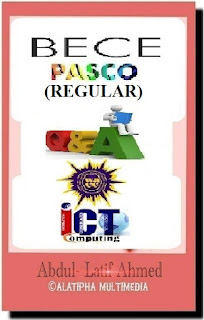



















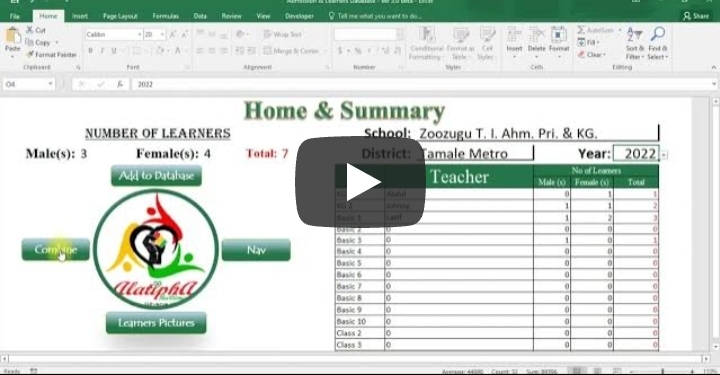
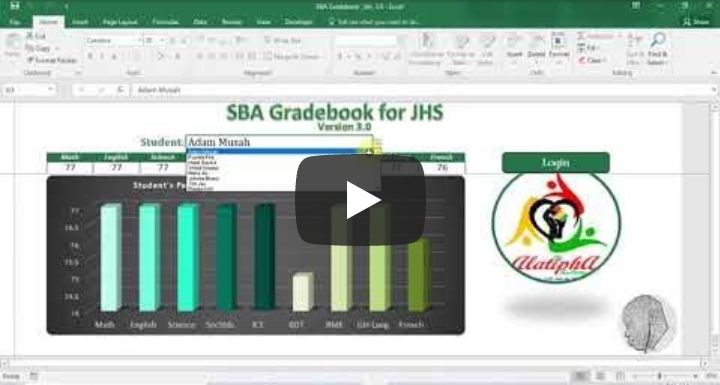
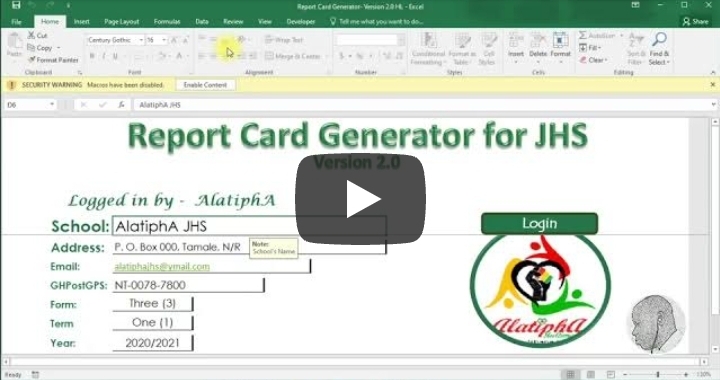
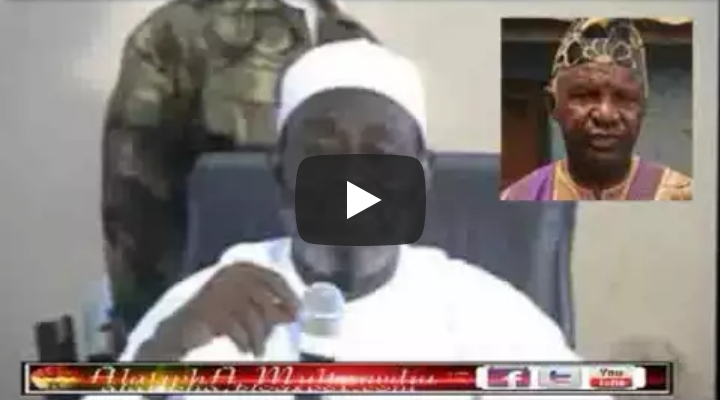
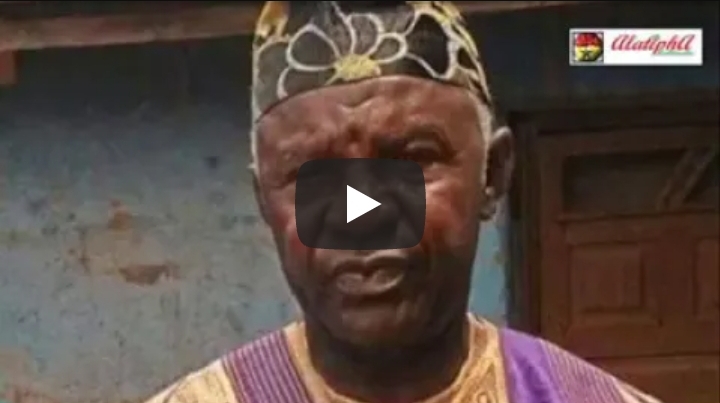

Comments
Post a Comment